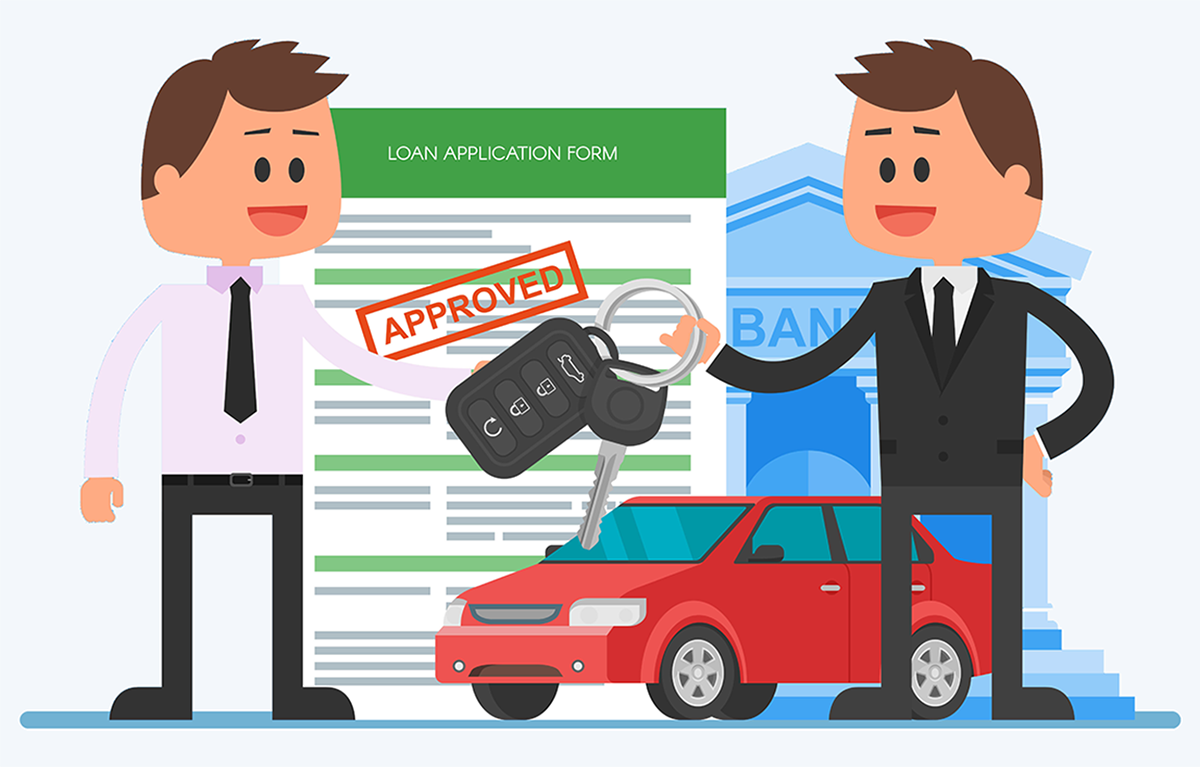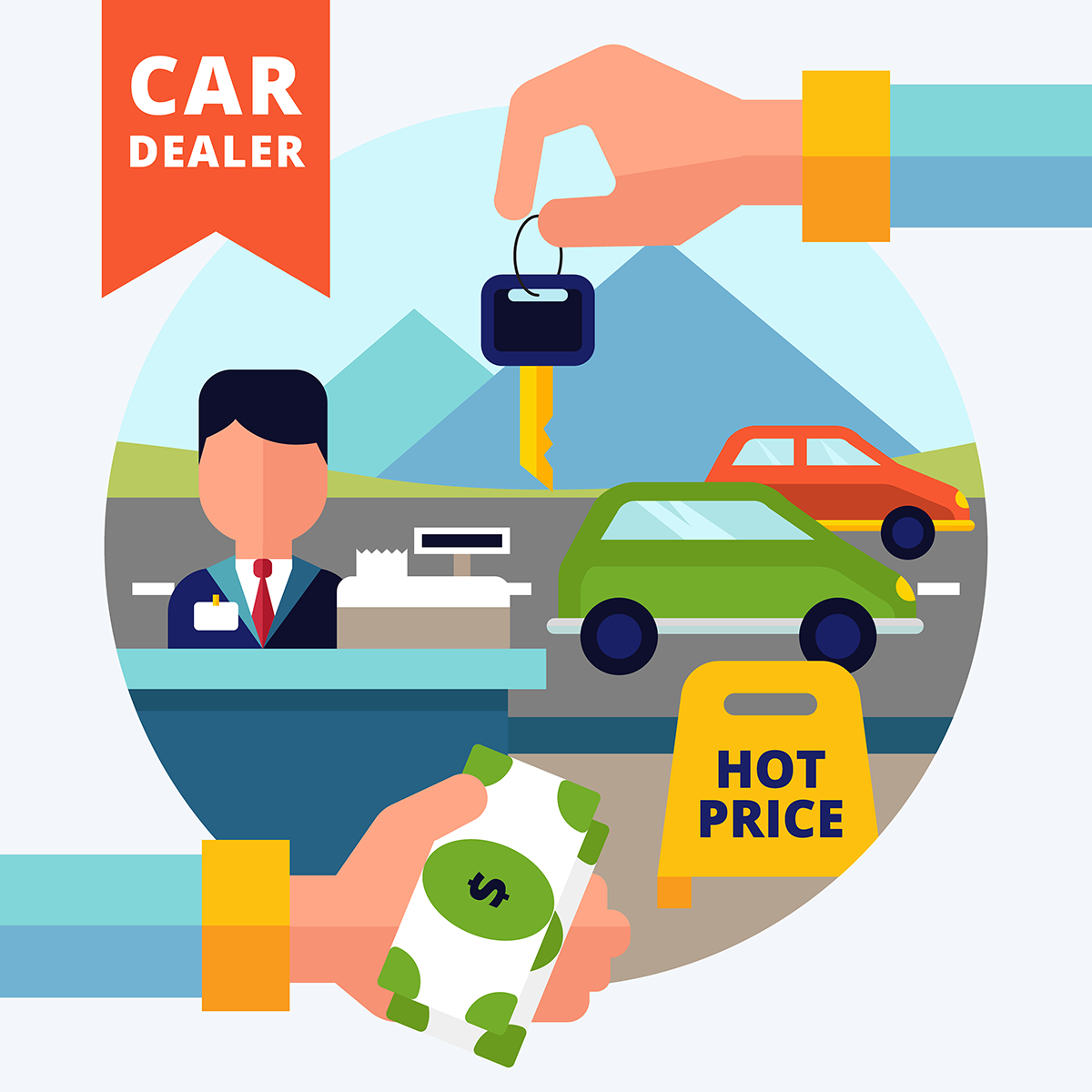Calculate Your Payments With A Negative Equity Trade-in
Recent Auto Loan Rates
We publish an auto lender review guide to help buyers see current rates from top nationwide lenders.
For your convenience, here is data on what rates looked like across Q1 of 2023 after the Federal Reserve likely completed most of the current hiking cycle.
| Borrower | Credit Score | New | Used |
|---|---|---|---|
| Super Prime | 781 - 850 | 5.18% | 6.79% |
| Prime | 661 - 780 | 6.40% | 8.75% |
| Nonprime | 601 - 660 | 8.86% | 13.28% |
| Subprime | 501 - 600 | 11.53% | 18.55% |
| Deep Subprime | 300 - 500 | 14.08% | 21.32% |
Source: Experian 2023 Q1 data
Here were what rates looked like in Q2 of 2022.
| Borrower | Credit Score | New | Used |
|---|---|---|---|
| Super Prime | 781 - 850 | 2.96% | 3.68% |
| Prime | 661 - 780 | 4.03% | 5.53% |
| Nonprime | 601 - 660 | 6.57% | 10.33% |
| Subprime | 501 - 600 | 9.75% | 16.85% |
| Deep Subprime | 300 - 500 | 12.84% | 20.43% |
Source: Experian 2022 Q2 data, published in August of 2022
For historical comparison, here is what the data looked like in Q1 of 2020 as the COVID-19 crisis spread across the United States.
| Borrower | Credit Score | New | Used |
|---|---|---|---|
| Super Prime | 720 or higher | 3.65% | 4.29% |
| Prime | 660 - 719 | 4.68% | 6.04% |
| Nonprime | 620 - 659 | 7.65% | 11.26% |
| Subprime | 580 - 619 | 11.92% | 17.74% |
| Deep Subprime | 579 or lower | 14.39% | 20.45% |
Source: Experian 2020 Q1 data, published on August 16, 2020
Across the industry, on average automotive dealers make more money selling loans at inflated rates than they make from selling cars. Before you sign a loan agreement with a dealership you should contact a community credit union or bank and see how they compare. You can often save thousands of dollars by getting a quote from a trusted financial institution instead of going with the hard sell financing you will get at an auto dealership.
If our site helped you save time or money, please get your accessories like cell phone chargers, mounts, radar detectors and other such goodies from Amazon.com through our affiliate link to help support our site. Thank you!
Should You Roll Upside Down Payments Into a New Car Loan?
Why So Many Cars Are Underwater
Vehicles depreciate rapidly. As soon as a car is driven off the lot it likely loses at least 10% of its value. Cars typically depreciate a further 13% or so in their first year of operation. This means that a vehicle which cost $30,000 would be worth $22,581 a year later.
To make up for increasing vehicle prices and stagnant wages, many people extend loan terms out from 3 or 4 years to as far as even 7 or 8 years.
Coupling a rapidly depreciating asset with a longer loan term means many shoppers owe more than their car is worth when they decide to buy another vehicle.

If the above mentioned hypothetical $30,000 vehicle was purchased using an 8-year loan at 5% interest then the owner will still owe $26,871 after the first year of ownership. This means they would have a negative equity of $4,290.
In 2017 buyers financed 86% of new car purchases with 43.5% buyers bringing a trade-in. Nearly 1 in 3 trade ins were underwater, with the average underwater vehicle carrying $5,130 in negative equity. The percent of trade ins with negative equity has increased almost every year since 2009, when the percent of negative equity trade ins was 19.5%.
Through the first 9 months of 2019 roughly 1 in 3 vehicle owners who traded in a vehicle when purchasing another had negative equity. The following stats from Edmunds were shared with the Wall Street Journal.
| Buyer Type | Positive Equity | Negative Equity |
|---|---|---|
| Vehicle purchase price | $38,321 | $33,312 |
| Amount financed | $30,191 | $39,105 |
| Loan term in months | 67 | 76 |
| Monthly payment | $521 | $640 |
| Annual percentage rate (APR %) | 5.2 | 7 |
| Total interest expense * | $4,660 | $9,415 |
* The total interest expense was estimated using the above loan schedules. Some borrowers will once again roll over these loans into new loans & will end up paying even more interest.
The higher interest rates & longer loan terms make the vehicle buyer more likely to be underwater again when they purchase their next vehicle. As of June 2019 Fitch Ratings estimated 5.2% of securitized subprime auto loan balances being more than 60-days past due.
What Should Owners Do?

What should owners do with the old vehicle if they no longer want it & still owe on it?
Should they keep driving their current vehicle until it is paid off?
Should they trade it in & roll over the debt into a new loan?
If a vehicle is unreliable & chronically broke then repairs may be hard to justify. But if the change of vehicle is primarly for conveniece or taste then an owner would usually be better off paying extra on their current loan before trading it in, or keep driving it rather than rolling the debt into a new loan.
If a car is deeply underwater a new loan is not a magic solution. Typically it just compounds the problem.
The math of rolling over a debt & the need for dealers to profit means owners who want to keep their monthly loan payments in the same range need to keep trading down to cheaper vehicles. And those who keep increasing their debts are likely to eventually run into financial hardship.
Trade-in Tricks

Some automotive dealerships offer above-market trade-in values when selling new cars. People making a trade-in may think they are getting ahead in the process because the trade-in portion of a vehicle purchase is not taxed via sales taxes. If the debt from the old vehicle is rolled over into the new loan then that also is one less thing they have to think about.
This approach to "getting ahead" doesn't really work for a number of reasons.
- Slight of Hand Accounting: Dealerships have to be profitable or else they go out of business. If they offer you a new car at the manufacture suggested retail price (MSRP) and offer you $1,000 more than your trade-in is worth, you would have been just as good off getting the vehicle for $1,000 below sticker price. Any "savings" from the higher trade-in is offset by a lower discount off MSRP. Adding or subtracting $1,000 from both vehicle prices doesn't change the net price paid.
- The Debt Stays With You: Many people pay interest on debt for the majority of their lives. Falling behind on debt on one car means you will be that much further behind on the next car if you just keep rolling it over. Any sales tax savings are more than offset by paying interest for years. Even a savings of 8% sales tax on $1,000 ($80) ends up being a loser if you are paying 4% interest for 5 years on those "savings." An extra $1,000 rolled into a 5-year loan would add $18.42 to the monthly payment, costing an extra $104.99 in interest over the loan's term (in addition to paying off the principal).
- Nobody Works Free: The sun is a free lunch. But each additional transaction the dealership makes carries overhead for the dealership. Buying a used vehicle locks up their capital & it takes time and effort to sell it. If they give you a "deal" on the trade in then the money is being made elsewhere. Either through a lower discount off MSRP, or through selling unneeded secondary warranties, insurance policies which pay them a referral, or through the vehicle's financing. Dennis Publishing shared how financing can be more profitable than selling vehicles: "the margin on a car bought on finance is around $1,400, while it’s $482 for one bought outright." Consequently, many dealers make more from financing the purchase of vehicles rather than through directly selling the vehicles.
- Complex Transactions: Transparency & liquidity help the less informed party in a deal get a better deal against the more experienced party. Dealerships sell cars all day long. That's what they do. They know what their overhead numbers are, what the vehicles cost them, what the cars sell for elsewhere, how hard it will be to sell your trade-in, what price they will likely be able to get for your trade in. The more complex you make any transaction the harder it is for you to compare like-vs-like to see what things are really costing you via some of the services adding transparency to the auto market like CarsDirect or TrueCar.
- Credit Risk: People who constantly roll debt over and/or who take out secured loans where they borrow more than the collateral is worth typically pay a significantly higher rate of interest to compensate the lender for the increased risk of loss in the case of default. This means they are not only paying interest on more debt, but they are also paying a higher rate of interest on that debt.
